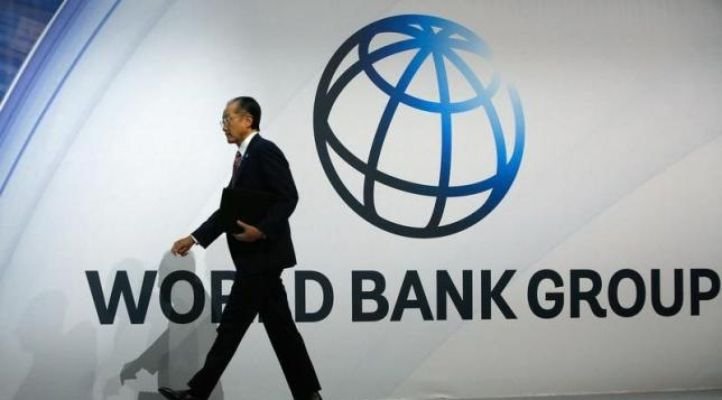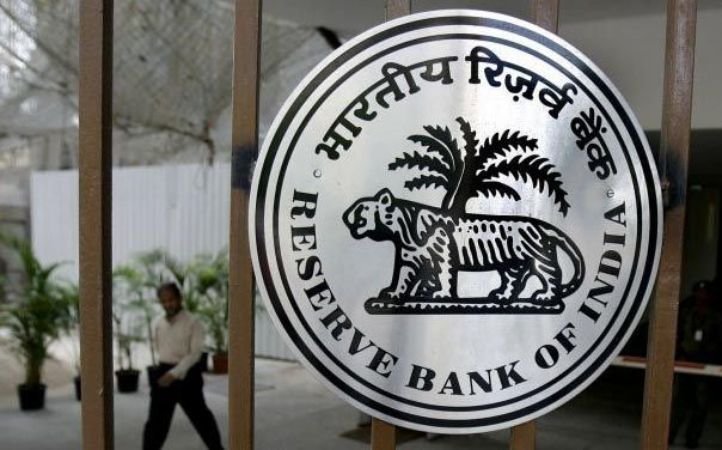The World Bank announced on July 2 that India crossed the $2 trillion mark in 2014. After taking 60 years to reach $1 trillion, it took the country just seven to add the next trillion. The World Bank data also shows that India’s gross national income (GNI) rose to $1,610 (around Rs 1 lakh) a year during 2014, an increase from $1,560 the previous year.
India is currently in the ‘lower middle income’ level, and it would take a little over a decade for it to move to the ‘upper middle income’ category, according to The Hindu.

In 2014, India’s growth rate was 7.4 per cent, thus making it the fastest growing economy in the world along with China, which is a whopping $10.4 trillion in size. The Indian economy has doubled in size since the financial crisis in 2008 and more than quadrupled since the start of this millennium.
Taking India’s average growth rate in per capita GNI over the last decade — 8.9 per cent — India would become an ‘upper middle income’ country in 2026, putting it in the category China occupies right now. An ‘upper middle income’ country has a per capita GNI of $4,126 – $12,735, compared to India’s $1,610 at the moment.
China, with a per capita GNI of $7,380 and an average growth rate of 15.6 per cent, will leave the ‘upper middle income’ category by 2018 to move to the ‘high income’ level, with countries such as UK, US, Germany and Japan. It will take India till 2039 to reach that level, at the assumed growth rate.

India shares this category with countries like, Bangladesh, Kenya, Myanmar, and Tajikistan, who have all moved from the ‘low income category’ in the last few years.
“While we need to measure development progress in different ways, income-based measures, such as GNI, remain the central yardstick for assessing economic performance,” said Kaushik Basu, World Bank Chief economist and senior vice-president, as quoted by The Hindu.
” Our latest data show that in terms of this indicator, the world’s economic geography has changed a lot. In 1994, 56.1 per cent of the world’s population — 3.1 billion people — lived in the 64 low-income countries. In 2014, this was down to 8.5 per cent, or 613 million people living in 31 countries. Over the last one year itself, four nations crossed over to the lower-middle income category,” he said.
India’s former prime minister, Manmohan Singh, had once said, “History will judge me kindly”. That day may have finally arrived.

















